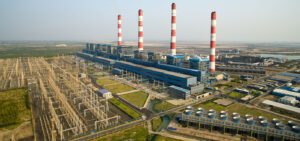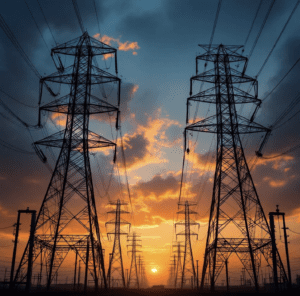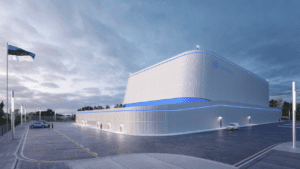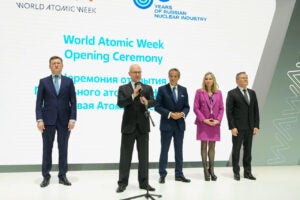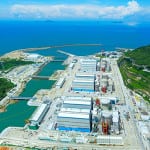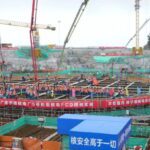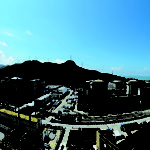The first reactor in the second phase of an expansion at the Hongyanhe Nuclear Power Plant in China has entered commercial operation, with five reactors now online at the site in Liaoning Province in eastern China.
China General Nuclear (CGN) on Aug. 1 announced the 1,080-MW Unit 5 at Hongyanhe is now in its steady-state operational phase. Unit 6, the second of the two ACPR-1000 reactors added in the second phase, is undergoing hot functional testing.
The China Nuclear Energy Association on Aug. 2 said Unit 5 met its conditions to enter commercial operation after completing a 168-hour trial run on July 31.
“The commercial operation of Unit 5 will further optimize the power structure of Northeast China and increase the proportion of clean energy,” Liaoning Hongyanhe Nuclear Power Co. (LHNPC) said in a news release. “According to calculations, with five units now in operation, the annual on-grid power can reach 37.5 billion kWh, which is equivalent to about 15% of the annual power consumption of Liaoning Province.”
The two new reactors join four CPR-1000 pressurized water reactors at the site. Those four, considered the first phase of the Hongyanhe project, have been in operation since 2016. Construction of Phase 1 began in 2009; construction of Phase 2 has been ongoing since 2015.
Safety Enhancements
CGN said Units 5 and 6 have undergone 36 separate safety improvements to adhere to new standards implemented after the Fukushima incident in Japan in 2011. The group said those enhancements include additional supplies of cooling water, along with supplies of modular emergency power.
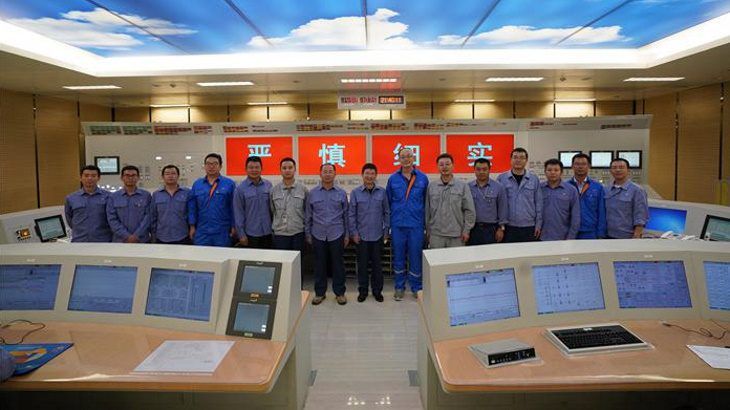
The nuclear plant is owned and operated by LHNPC, a joint venture between CGN and China’s State Power Investment Corp. Those groups each have a 45% interest in the plant; Dalian Municipal Construction, a local company that provides investment and asset management services, owns the remaining 10%.
CGN said bringing Unit 5 online means the company now has 25 reactors in commercial operation, with total combined generation capacity of 28,261 MW.
Safety and Efficiency
The ACPR-1000 reactor—ACPR stands for Advanced Chinese PWR (pressurized water reactor)— was designed by the China Guangdong Nuclear Power Corp., which changed its name to CGN in 2013. According to the International Atomic Energy Agency, the reactor’s “design focuses on the safe performance of the reactor while improving the economic efficiency. This enhanced version of the 3-loop CPR-1000 has higher seismic standards, features a double containment and a reactor core catcher for SA [spectral acceleration] mitigation purposes. The reactor is designed with SAMS [seismic margin assessments] including such in-vessel retention and spray systems for containment heat removal.” The IAEA in a document detailing advanced large water-cooled reactor designs notes that the ACPR-1000 “meets major post-Fukushima safety requirements.”
CGN said the reactor design includes the major technical characteristics and safety features of third-generation units. The first ACPR-1000, Unit 5 at the Yangjiang Nuclear Power Plant in Guangdong province, came online in 2018.
CGN said Unit 5 uses the China-designed Hemu digital control system, which “expands the application of domestic equipment in key technical fields.”
Units 1 and 2 at Hongyanhe have been in commercial operation since June 2013 and May 2014, respectively. Unit 3 came online in August 2015, with Unit 4 following in September 2016.
Construction of Unit 5 began in March 2015; Unit 6 construction began four months later. Cold functional testing of Unit 5 began in October 2019. CGN in December 2019 announced it would push back the expected commercial operating dates for both units, to the second half of 2021 and first half of 2022, respectively—meaning each unit would come online about 18 months later than originally scheduled.
—Darrell Proctor is a senior associate editor for POWER (@POWERmagazine).


